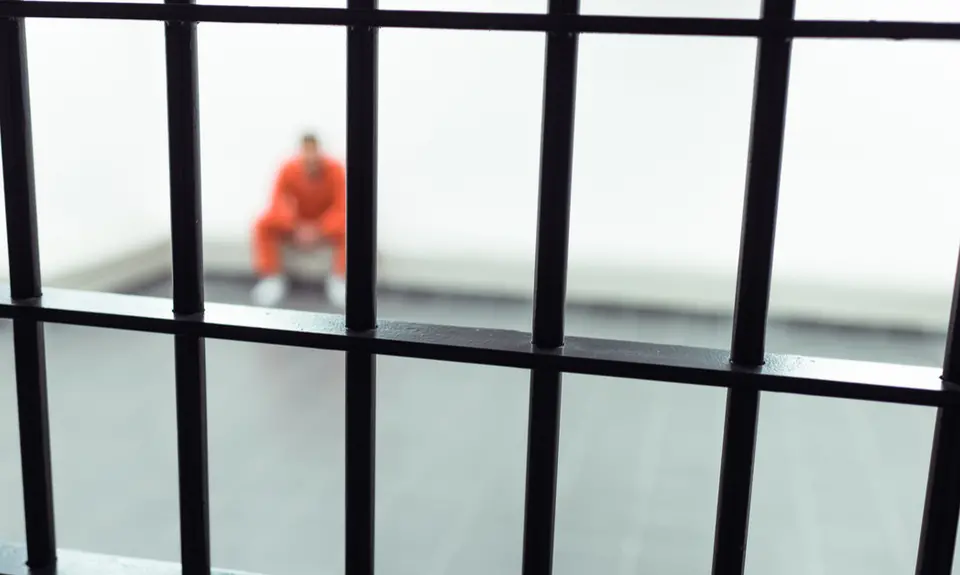“Confirmed Judges Confirmed Fears” is a blog series documenting the harmful impact of President Trump’s judges on Americans’ rights and liberties.
Trump 7th Circuit judge Amy Coney Barrett’s dissent in the July ruling in McCottrell v. White tried to uphold a grant of summary judgment that defended prison guards who fired buckshot and significantly injured two nearby prisoners. The majority opinion, written by a judge appointed by President George H.W. Bush, found that there were disputed issues of material fact as to whether the guards were liable because they acted maliciously and sadistically, and sent the case back to the lower court for trial.
John McCottrell and Dustin Clay, who are both incarcerated at the Statesville Correctional Center in Illinois, were eating lunch in the crowded dining hall when a “scuffle” broke out between two other prisoners who were just entering the hall. Prison guards subdued them and were in the process of putting handcuffs on them when Marcus White and Labarin Williams, two other guards who were stationed in a tower 15 feet above that overlooked the dining hall, discharged their shotguns, which were filled with buckshot, above the people seated in the dining hall. The parties disagreed on whether the shots were fired at the ceiling or with intent to hit prisoners in the dining hall, but there was no dispute that several bystanders were “struck by buckshot from the blasts,” including McCottrell and Clay.
McCottrell was “struck in the neck and the leg” and “bled from the wounds,” requiring bandaging and pain medication. Clay was “wounded in his right arm,” suffering an injury “serious enough to require stitches” and the buckshot “remains in his arm.” Both also “suffered psychological trauma from the event” and sought treatment.
McCottrell and Clay sued the guards in federal court, contending that they had used excessive force that caused injury in violation of the Eighth Amendment. The district judge granted summary judgment against McCottrell and Clay without permitting a trial, finding that the guards had fired “reasonable” warning shots to “restore order.”
On appeal, Judge Ilana Rovner wrote a 2-1 decision reversing the district judge and sending the case back for trial. There were numerous facts in dispute, Judge Rovner explained, including whether the scuffle involving the other two prisoners was over, whether the guards shot their weapons “in the direction of the plaintiffs or into the ceiling,” whether they “intended to hit or harm someone” by shooting, and whether the guards “acted maliciously and sadistically for the very purpose of causing harm” rather than in “a good faith effort to restore order.” As a result, Rovner concluded, McCottrell and Clay should have a chance to prove their case at trial.
But Barrett dissented, agreeing with the guards’ version of the facts. She relied heavily on an internal prison report to conclude that the guards fired their shots at the ceiling rather than at those who were in the dining hall. But as the majority pointed out, that same report concludes that the guards “used an unreasonable amount” of force, “does not expressly analyze” the direction of the shots, and at most is “nothing more than a competing view” of contested facts and “is not conclusive for summary judgment purposes.” And based on the record in the case, the majority explained, Barrett’s view that there was no evidence that the guards “shot into the crowd” was simply “incorrect.”
Even former corrections officials agree that the use of excessive force in prisons remains a problem today. John McCottrell and Dustin Clay will have the opportunity to prove at trial that excessive force was used against them in violation of the Eighth Amendment. But according to Barrett, they should not even get that chance.
